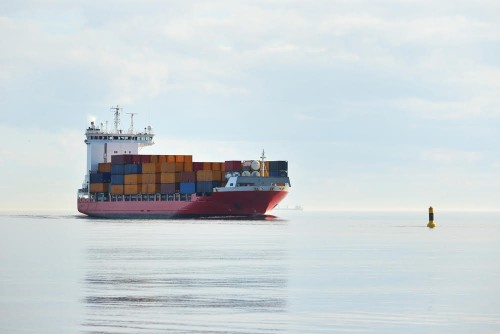WASHINGTON, DC – The Inter-American Development Bank says that the value of goods exports from Latin America and the Caribbean (LAC) fell by 2.7 per cent year-on-year in the first half of 2023 after expanding 17 per cent last year.
 In the new report titled “The Trade and Integration Monitor” was prepared by the IDB’s Integration and Trade Sector and its Institute for the Integration of Latin America and the Caribbean (INTAL), the IDB found that the figures mark the end of the post-Covid recovery and that the decline is due to falling prices and lower growth in export volumes.
In the new report titled “The Trade and Integration Monitor” was prepared by the IDB’s Integration and Trade Sector and its Institute for the Integration of Latin America and the Caribbean (INTAL), the IDB found that the figures mark the end of the post-Covid recovery and that the decline is due to falling prices and lower growth in export volumes.
The IDB said that during the same period, world trade went from 11.9 per cent growth to a five per cent year-on-year decline.
“The deterioration in the global trade environment is due to several shocks, including geopolitical conflicts, monetary tightening, more frequent adverse weather events, and slower global economic growth.”
According to the latest edition of the annual report, projections for the rest of the year confirm the consolidation of the contractionary trend for exports.
The report finds that growth of services exports from Latin America and the Caribbean slowed slightly in the first quarter of 2023, reaching 27.8 per cent, compared to 37.7 per cent in 2022. However, they continued to grow faster than the global average of I.3 per cent.
“Once the post-Covid recovery faded, the region’s exports weakened faster than expected. However, this challenging new scenario also comes with opportunities. Specifically, Latin America and the Caribbean has the potential to boost exports and contribute to global food security if the region implements policies to rebuild the competitiveness of the agricultural sector,” said Paolo Giordano, principal economist at the IDB’s Integration and Trade Sector, who coordinated the report.
After climbing by 8.8 per cent last year, the region’s export prices fell by 4.7 per cent year-on-year in the first half of this year, while export volumes grew by 2.9 per cent.
Although volume growth was above the global average, it was lower than the previous year and concentrated in a handful of Latin American and Caribbean economies. Import prices fell by 1.5 per cent less than export prices, causing the region’s terms of trade and trade balances to deteriorate.
The report notes that goods exports to every destination market fell. However, the decline of intra-regional sales (-0.6%) was less than that of extra-regional sales (-2.2%), and the share of intra-regional trade increased to 15.2 per cent.
The report concludes that Latin America and the Caribbean is facing a challenging external environment marked by less dynamic demand, greater geopolitical fragmentation, more active industrial policies among global competitors, and new regulatory requirements dictated by the climate agenda.
As the world’s leading net exporter of agricultural products, the region has an opportunity to expand supply and contribute to global food security.
“To make the most of this potential, governments need to work alongside the private sector to increase productivity and regain competitiveness through integrated public policies that address multiple objectives and help find a way around the trade-off between increasing production and reducing the impact on the environment and climate change,” the IDB added.


